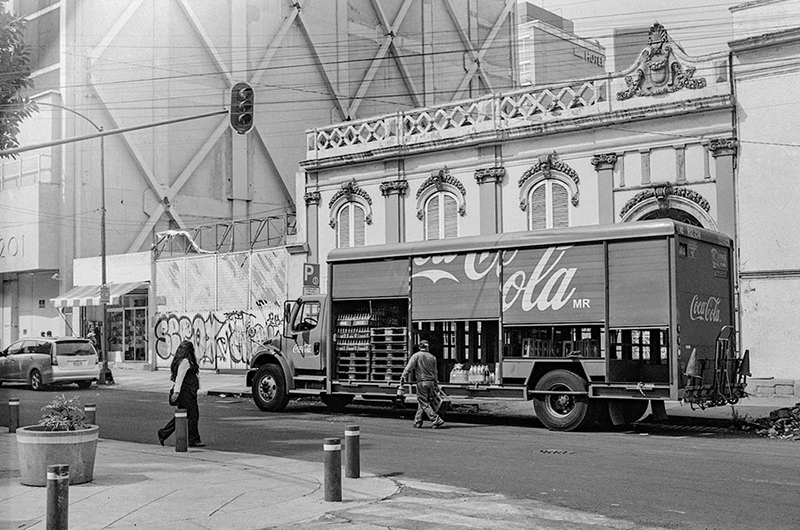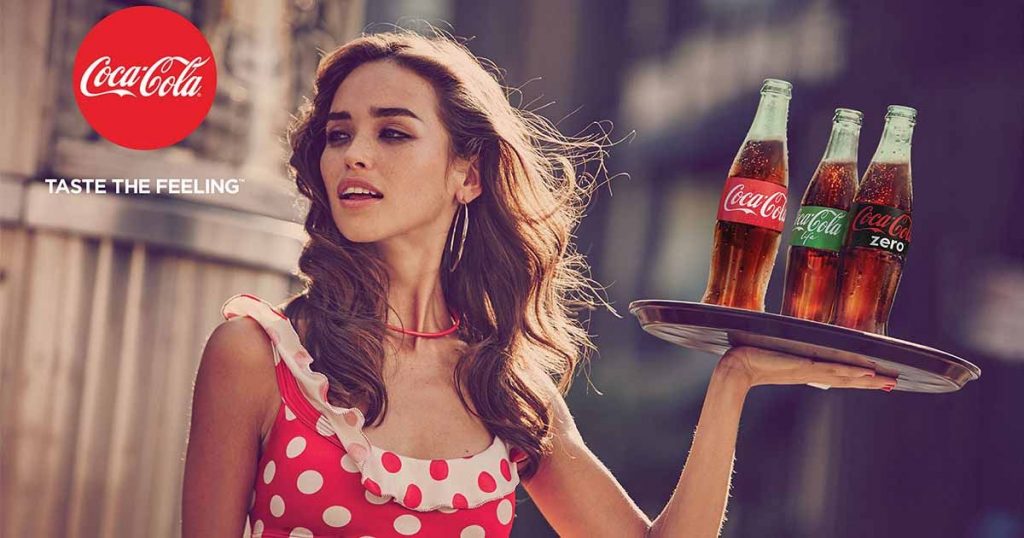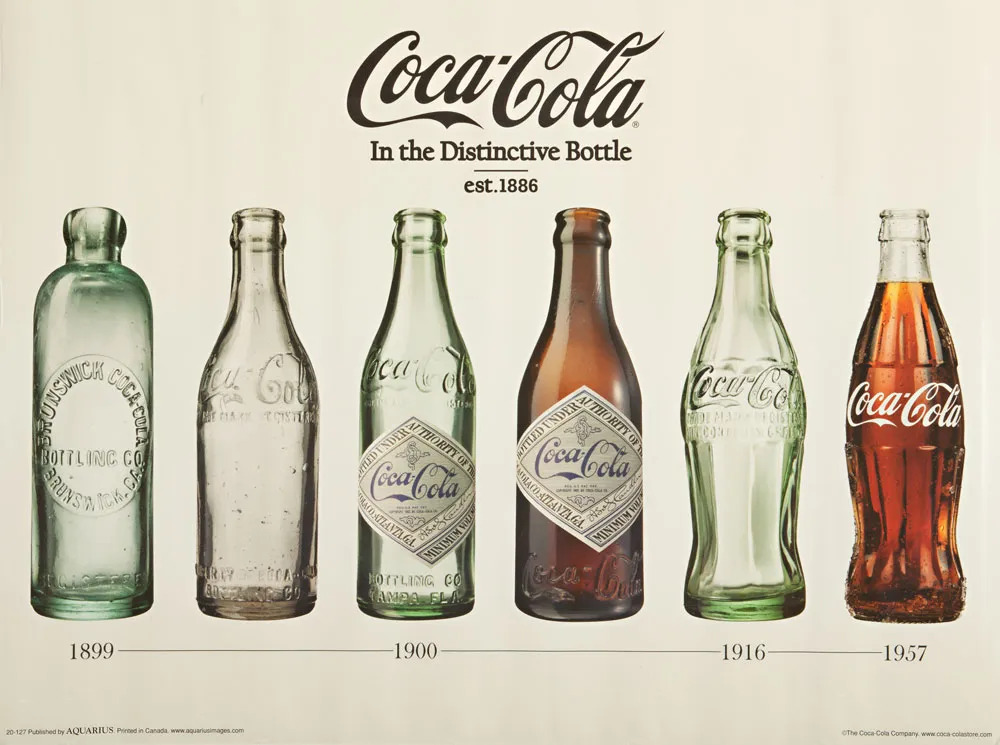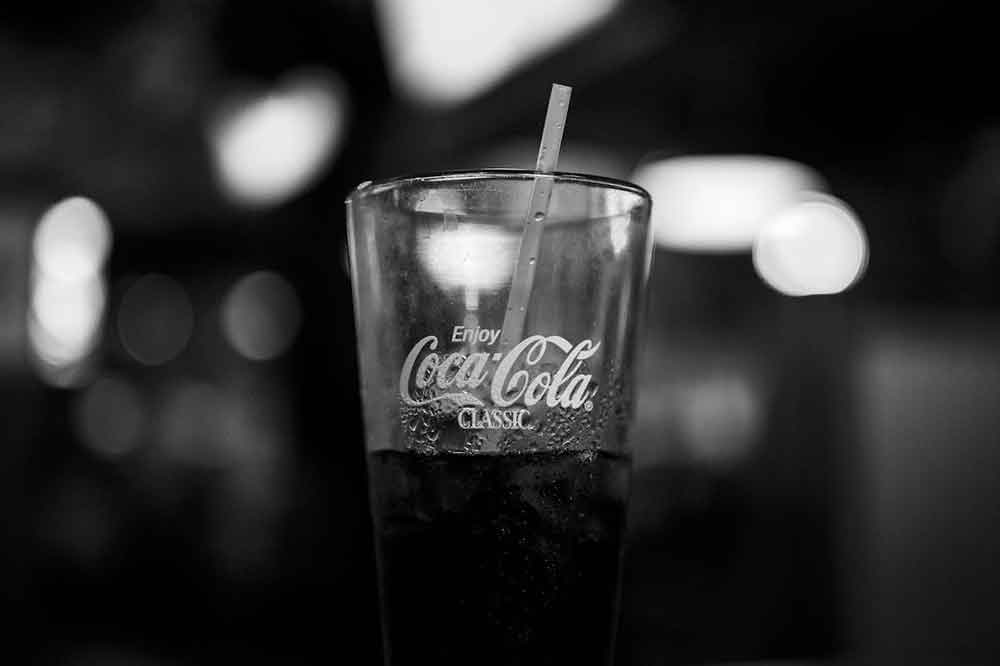Some facts about Coca-Cola’s competitive strategy
The Coca-Cola Company is an American company founded in 1892 that is primarily engaged in the production and sale of syrup and concentrate for Coca-Cola, a sweetened carbonated beverage. The company also produces and sells other ready-to-drink beverages. With more than 500 brands available in over 200 countries and 2 billion servings per day, Coca-Cola is the largest beverage manufacturer and distributor in the world.
Coca-Cola has always been a leader in the soft drinks industry. However, after years of development, the soft drinks industry is approaching saturation. Maintaining a high level of development and customer loyalty is an urgent issue to consider and solve in this situation. However, as the beverage market continues to expand and people’s lives become richer, the demand is also increasing, and the expectation for multi-beverages is far greater than before. At this time, more and more beverage varieties entered the market, and Coca-Cola also began to enter other markets and implement the strategy of diversified and differentiated management.

Coca-Cola’s differentiation strategy has resulted in its products – from coffee to tea, juice drinks, sports drinks and water to carbonated drinks – becoming the most recognizable names in the world.
The competitive strategy is a part of the corporate strategy that guides and controls the plans and measures of specific strategic business units as part of the company’s overall strategy.
Procedure and data
A business case study is used to systematically investigate business problems of companies. The method is to identify and analyze the research-oriented problems to create new knowledge or learn better methods to solve the related problems. It can show the value of the local community when it is involved in the development of the brand. The case study can show the clear connection between each problem that the case demonstrates. In addition, a case study research design usually involves qualitative methods, but sometimes quantitative methods are also used. Case studies are well suited to describe, compare, evaluate and understand different aspects of a research problem.
In theory, Coca-Cola has successfully selected and implemented a differentiation strategy, defined its positioning and followed it. This has enabled it to stand out from the tough competition in the soft drinks industry, continuously occupy a large market share over many years and have a large customer group with a high level of loyalty.
The first was to obtain first-hand information combined with theory and data analysis to examine the implementation of the Coca-Cola Company’s competitive strategy. Secondly, the second-hand information was obtained from online information.

Data collection for the case companies used in this thesis began in 2020 and the research took more than three months to complete. The final definition of the theoretical framework includes theory extraction, data collection, data analysis and data verification.
The most important methods of financial data analysis in this report are horizontal analysis and ratio analysis. Horizontal analysis is used to compare historical data from several accounting periods. This data reflects the changes in the corresponding balance sheet accounts over time, which helps to determine the changing trend of The Coca-Cola Company from 2018 to 2020 and the changing trend of The Coca-Cola Company’s future financial situation. Ratio analysis is a type of quantitative analysis used to obtain a company’s financial performance indicators in the main areas of accounting.
In addition, cash and cash equivalents in 2020 are 5% higher than in 2019, but 24% lower than in 2018. From 2018 to 2020, short-term investments decreased by 27.6% in 2019, but increased by 20.7% in 2020. As a result, total assets increased by 5%. Total current liabilities decreased by 50%.
Results
Based on the above data, we find that Coca-Cola’s differentiation strategy is mainly reflected in the following
Product differentiation
Coke has secret recipes, and to meet people’s tastes and preferences, the company is making changes through the following four measures: Reducing added sugar, producing smaller packaging, offering more drinks with added nutrition and hydration, informing people. The company has introduced a range of healthy products, including health drinks and juices aimed at health-conscious customers.

Differentiation of services
Coca-Cola maintains its customer service via an online chat with a virtual agent on the official website of the company’s own customer telephone.
Personal differentiation
The company pays its employees good salaries and supplements these payments with rewards. It also provides the more than 700,000 employees within the Coca-Cola system with the tools, training and resources they need to stay safe.
Differentiation of sales channels
il comprises two stages. At the first level, the concentrates and syrups are distributed to various bottlers around the world. At the secondary level, the bottlers distribute the finished beverage products in their respective geographical markets. At the secondary distribution level, the company also uses two channels. At the first level, the ready-to-consume products are distributed via retailers.
Differentiation of advertising
The first is Coca-Cola advertising. Coca Cola relies on celebrity endorsements and uses the great appeal of stars, which cannot be achieved by ordinary The first is Coca-Cola advertising. Coca Cola relies on celebrity endorsements and uses the great appeal of stars, which cannot be achieved by ordinary advertising in the complex media landscape. This is because stars have unconsciously drawn the attention of target consumers to the information required by advertising. They can influence the emotions, attitudes and purchasing behavior of consumers and exponentially increase the positive impression of the brand among the target groups.
The second is sponsorship by Coca-Cola. Sponsorship is a form of public relations. Coca-Cola sponsors sports, education, culture and other activities to strengthen its brand image, enhance its reputation and create a drinking atmosphere that promotes sales of its products. Sponsorship of world and Chinese soccer. Soccer is one of Coca-Cola’s most important sponsorship projects worldwide and its most valuable market segment.
Discussion
Porter’s five forces (rivalry of existing competitors, threat of new entrants, power of suppliers and buyers, substitute products and services) are based on the view that a corporate strategy should take into account the opportunities and threats in the company’s external environment.

The constraints among them can determine the intensity of competition and influence the profitability potential of the industry.
Conclusion
By clarifying the industry’s competitive environment, the Coca-Cola Company is keeping up with the times. It broadens the points of contention of consumers. In addition, the multidimensional needs of consumers are satisfied through the combination of various differentiation strategies, giving Coca-Cola a leading position in the highly competitive soft drinks industry.
The differentiation strategy distinguishes a company’s products, services and corporate image from those of its competitors in order to achieve a competitive advantage. This strategy aims to create products and services that are perceived as unique by the industry and customers. There are many methods for the differentiation strategy, e.g. product differentiation, service differentiation and image differentiation. Coca-Cola uses the strategy of product differentiation to achieve profits above the average level of the same industry.




